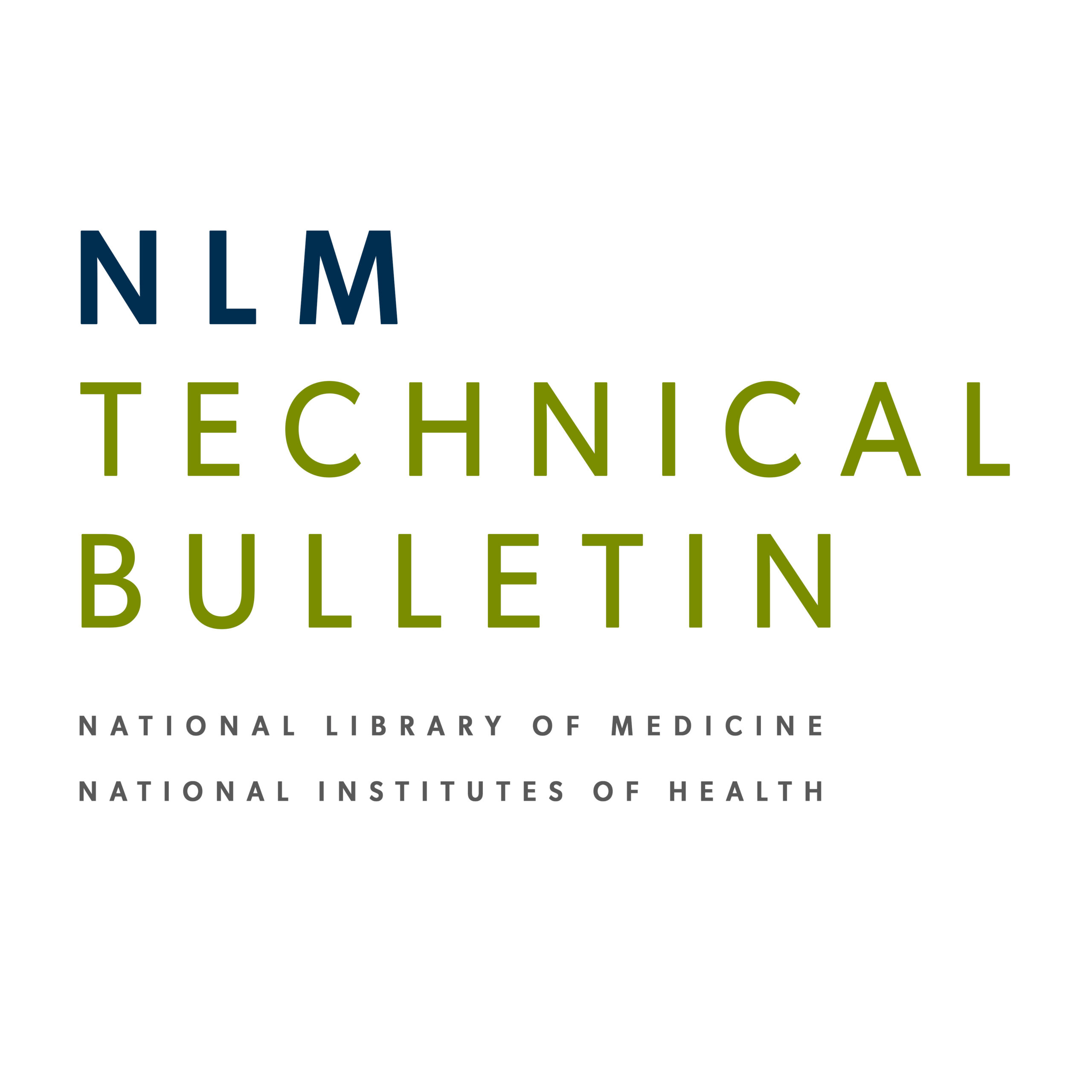
Researchers have identified the neutrophil percentage-to-albumin ratio (NPAR) as a promising biomarker in the assessment of breast cancer (BC) risk and prognosis, according to a new study. The findings suggest that NPAR could be utilized not only to evaluate an individual’s susceptibility to developing breast cancer but also to help predict the likely course and outcome of the disease after diagnosis.
NPAR is calculated using two key blood components—neutrophil count and serum albumin levels—which have each been independently associated with inflammation and general health status. Elevated neutrophil levels can signal systemic inflammation, while lower albumin is often linked with malnutrition or chronic illness. The integration of these two measures into the NPAR offers a comprehensive picture of a patient’s inflammatory and nutritional states, which are increasingly recognized as significant factors in cancer development and progression.
The study suggests that tracking NPAR levels might assist clinicians in early screening efforts, allowing for more tailored and timely therapeutic interventions. Moreover, because NPAR levels can be determined through routine blood tests, it offers a cost-effective avenue for ongoing patient monitoring in both pre-diagnostic and post-treatment phases of breast cancer care.
As research continues, experts note that further clinical validation across broader patient populations is required. Nonetheless, the emerging role of NPAR highlights the growing potential of blood-based biomarkers in enhancing personalized medicine strategies and improving outcomes for breast cancer patients.
Source: https:// – Courtesy of the original publisher.








